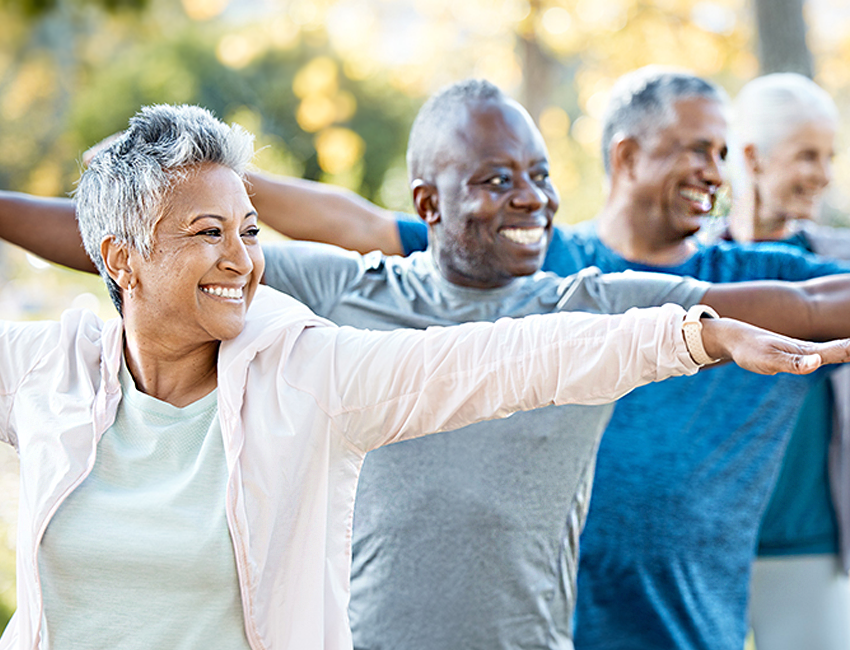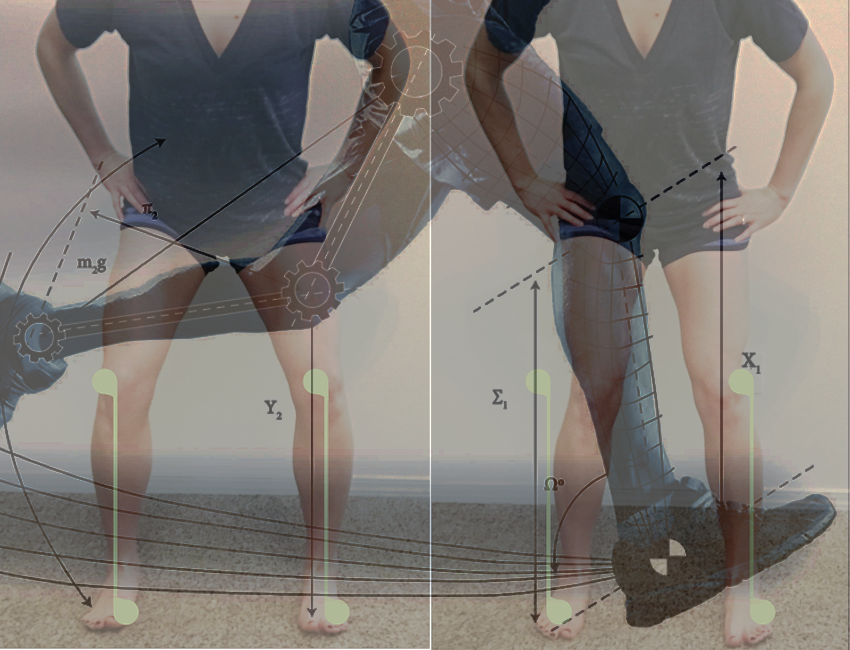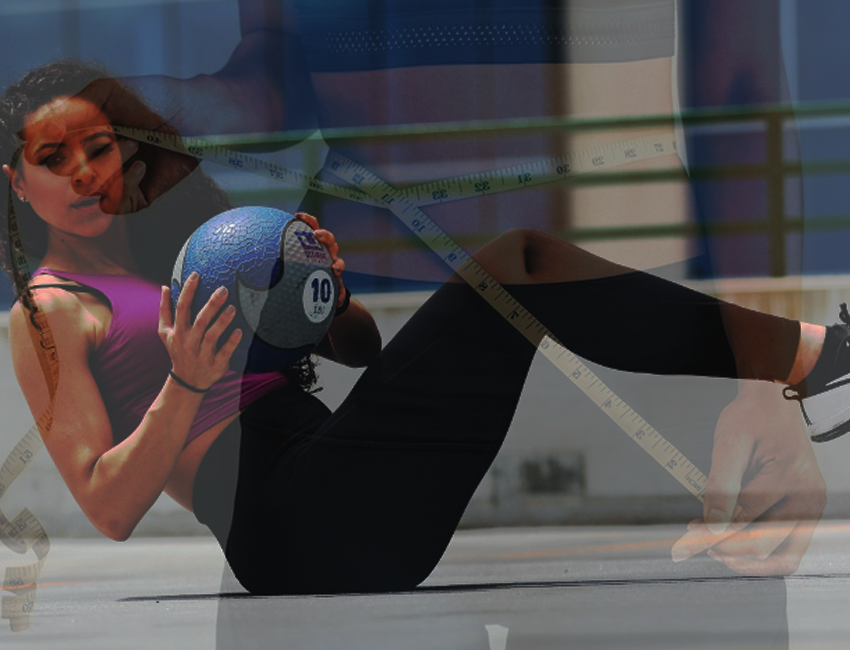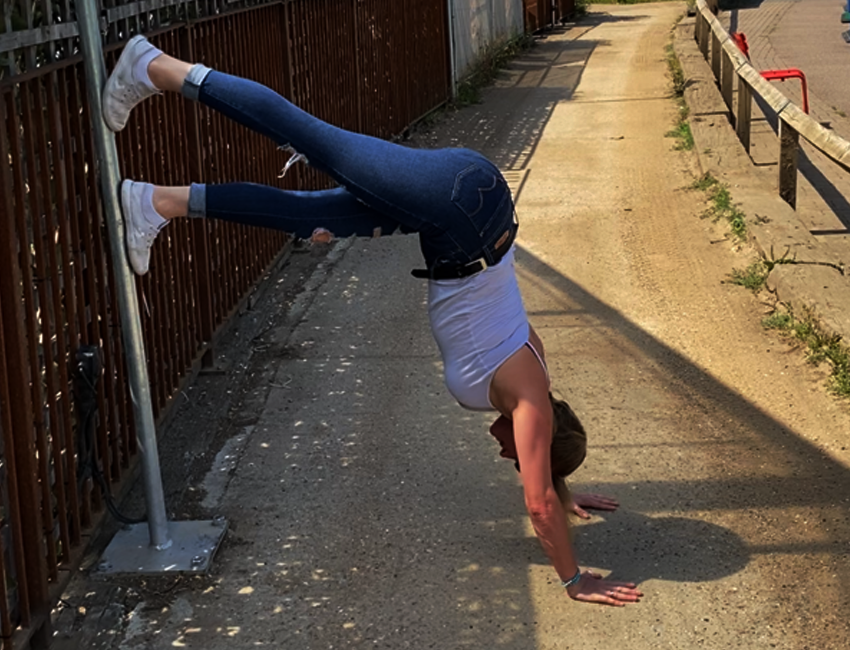
Exercise and Movement
Researched articles to help you understand the effect of exercise and movement on the mind and body
Muscles and Movement part 2 of 3
It’s pretty much a scientific given that the movement and exercise as we age helps to prevent to onset of medical and even hereditary diseases- it’s not a silver bullet, but it helps.
We also know that as we age exercise will look different and even mobility may look different depending on your personal circumstances. For this reason I cannot advise what you should do I can leave generic ideas which in the main people find helpful and you can pick and choose and adapt them as suits you and your needs.
Exercise and Nutrition
The aim is help you with meal planning in relation to your goals, just dieting isn’t helpful, understanding nutrition in relation to movement starts to help you piece things together with ease to keep you in control.
Muscles and Movement part 1 of 3
Biomechanics is the ‘the study of forces acting on and generated within the body and of the effects of these forces on the tissues, fluids, or materials used for diagnosis, treatment, or research purposes’. defined by the National Institute of Health.
Is There Targeted Exercise for Fat Loss?
There are many factors involved in the realm of visceral fat - these factors ae highlighted in Maslow’s foundation needs principals, you can get help with from my Free Resources page and Shop page.
Now we have that cleared up lets explore targeting muscle gain.
The Mind Body Connection And Exercise
We can clearly see there is a strong belief in the connection between the mind and body when it comes movement, however when it comes to more traditional exercise like running, lifting weights, swimming, football, walking etc… we tend to become less focused on the movement and more focused on the aim or goal of the movement.





